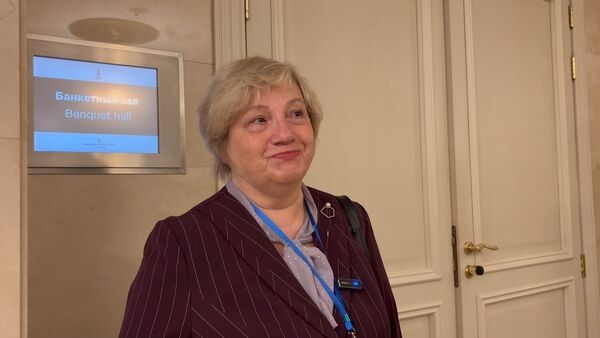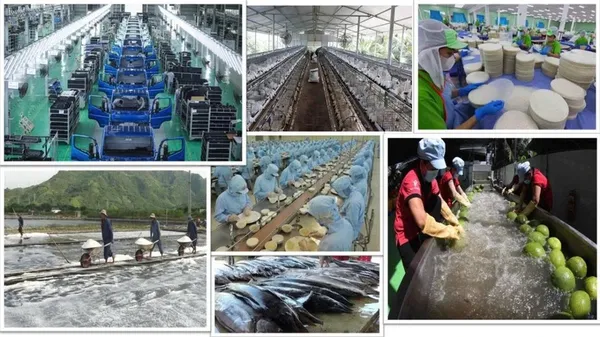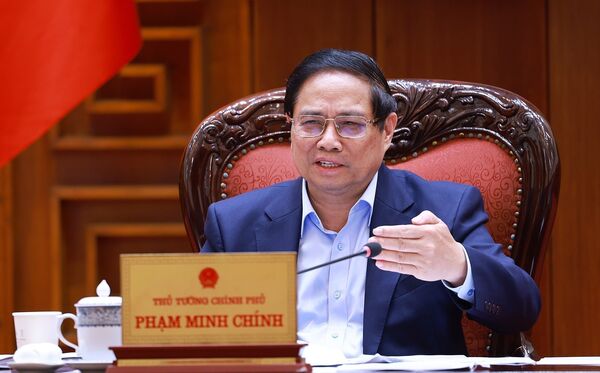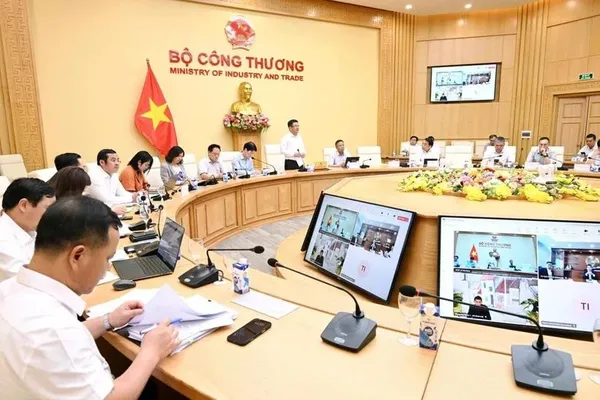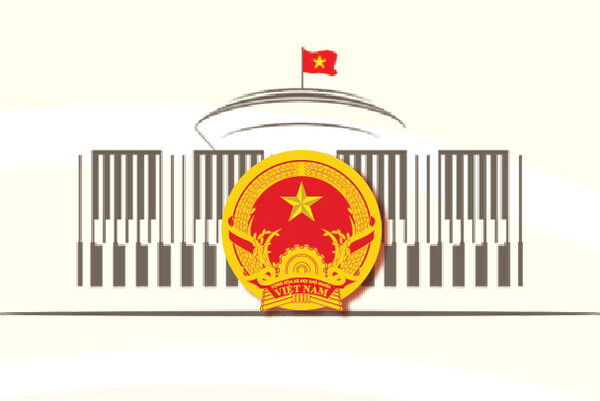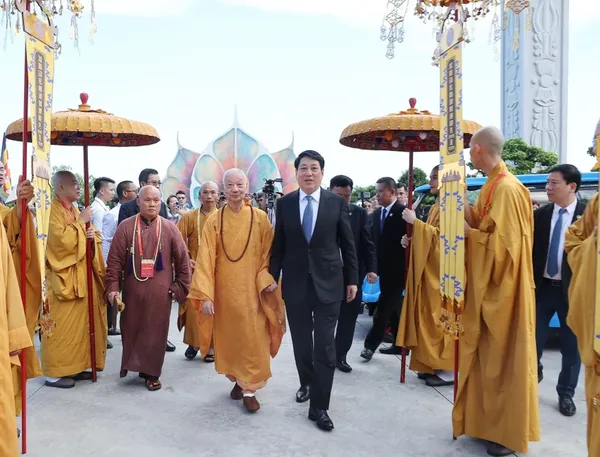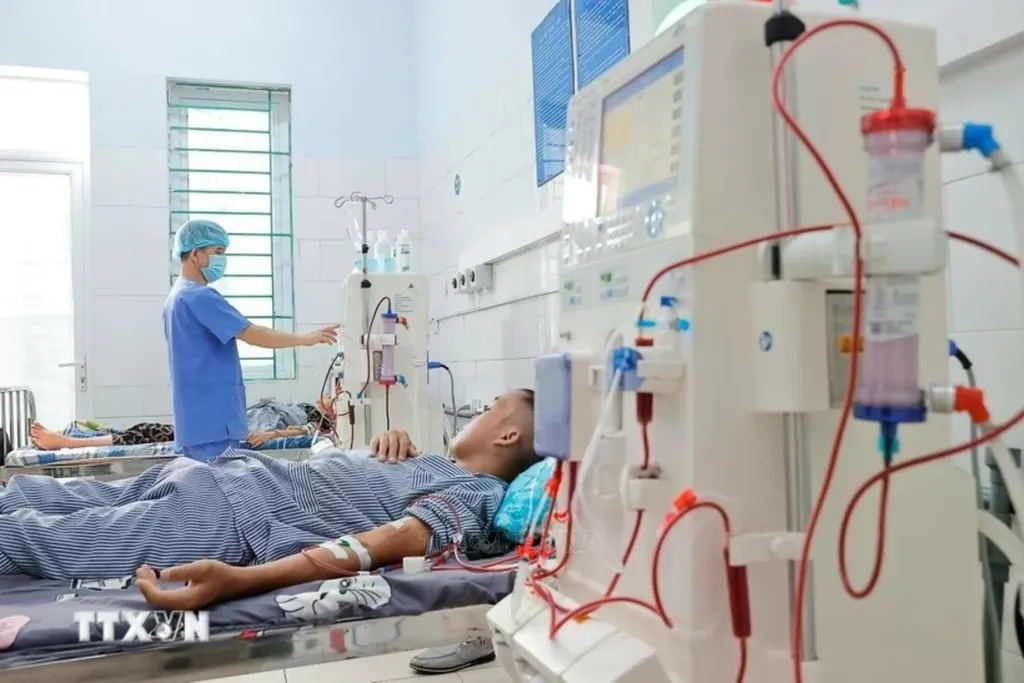 |
| Patients receive hemodialysis at Ha Giang provincial General Hospital. (Photo: VNA) |
Hanoi (VNA) - Following a recent decision to abolish tuition fees for all public school students, Vietnam is preparing to take another historic step, waiving hospital fees for the entire population, aiming to ensure the benefits of socio-economic development are directly enjoyed by all citizens.
At a recent meeting with the Government’s Party Committee and central agencies responsible for public health, Party General Secretary To Lam tasked the Government’s Party Committee with drafting a roadmap to gradually reduce the financial burden of healthcare. The aim is to implement universal hospital fee exemption between 2030 and 2035.
According to Deputy Minister of Health Tran Van Thuan, universal hospital fee exemption will bring sweeping benefits including improved access to healthcare, earlier detection and treatment of illnesses and more efficient use of health financing. With reduced financial pressure on households, this would in turn, contribute to poverty reduction, enhanced labour productivity and promote stronger GDP growth.
In the shorter term, from 2026 to 2030, the Ministry of Health plans to ensure that 90% of the population has full access to preventive services, including vaccinations, reproductive and maternal-child health, mental health support, school-based healthcare and regular screenings. Universal annual health check-ups are also planned, supported by electronic health records to manage individual health over a lifetime.
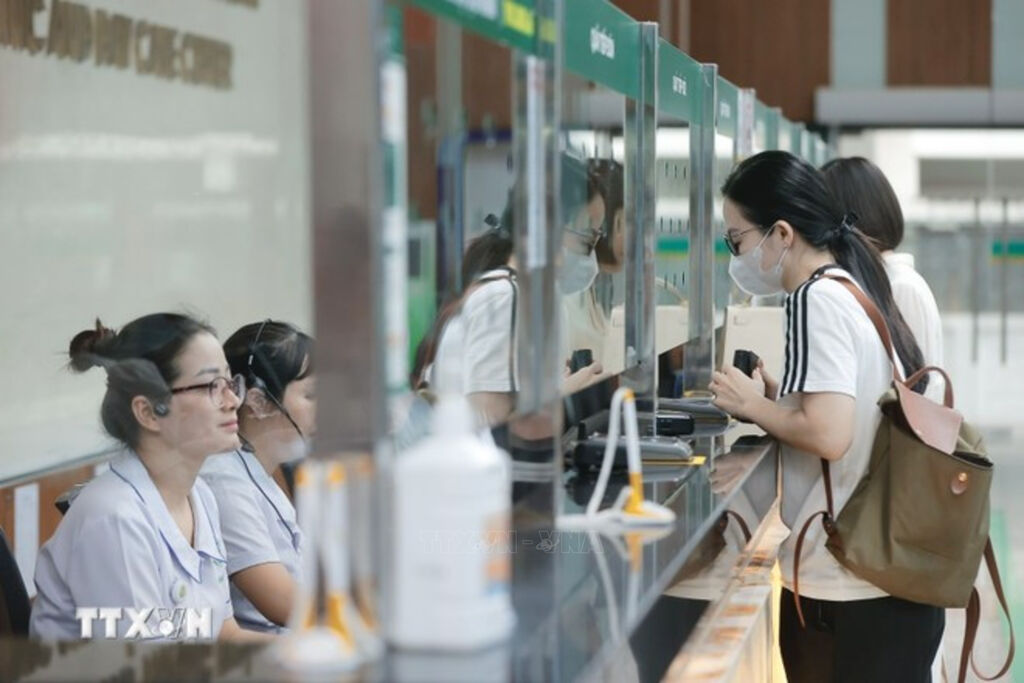 |
| People register medical treatment and examination services at a hospital. (Photo: VNA) |
By 2035, with a projected population of 100 million and an estimated cost of 250,000 VND (9.6 USD) per check-up, the annual State budget required for basic health screening would be around 25 trillion VND (962.47 million USD).
Looking further ahead to 2045, Vietnam aims to build a health system that meets all public needs for care, protection and well-being, one that eliminates out-of-pocket payments for insured medical services and places the country among the world’s leading nations in health-related social security.
This universal healthcare policy follows in the wake of another major welfare reform.
On February 28 this year, the Politburo decided to waive tuition fees for all children in public schools, from three-month-old infants in nursery care, through to high school students, starting with the 2025–2026 academic year. The measure will cost the state approximately 30 trillion VND annually.
For the current 2024–2025 school year, Vietnam has about 23.2 million students.
Education has long been a top priority for the Party and State.
Annual spending on education amounts to between 17 - 19% of the national budget, higher than in many more developed countries, such as the United States (13%) and Indonesia (17.5%) and close to Singapore (19.9%).
A resolution, issued in 2013, set the target for education spending at a minimum of 20% of the budget. In 2024, Vietnam allocated nearly 381 trillion VND to education and training.
Vietnam achieved universal kindergarten education for five-year-olds in 2017. Today, all 63 provinces and cities meet national standards for primary education coverage.
Alongside education, Vietnam’s healthcare system has received substantial investment.
Since 2008, public health spending has accounted for between 7-8% of the State budget. Overall healthcare spending, including private expenditure, has consistently reached 6% of GDP since 2015.
As of 2024, the country had nearly 432,000 health professionals, with a ratio of 14 doctors per 10,000 people. There are 1,645 hospitals nationwide, including 34 at the central level and nearly 500 at the provincial level. Life expectancy has risen dramatically, from 38 years in 1945 to 60 in the late 1970s, and to 74.5 years today.
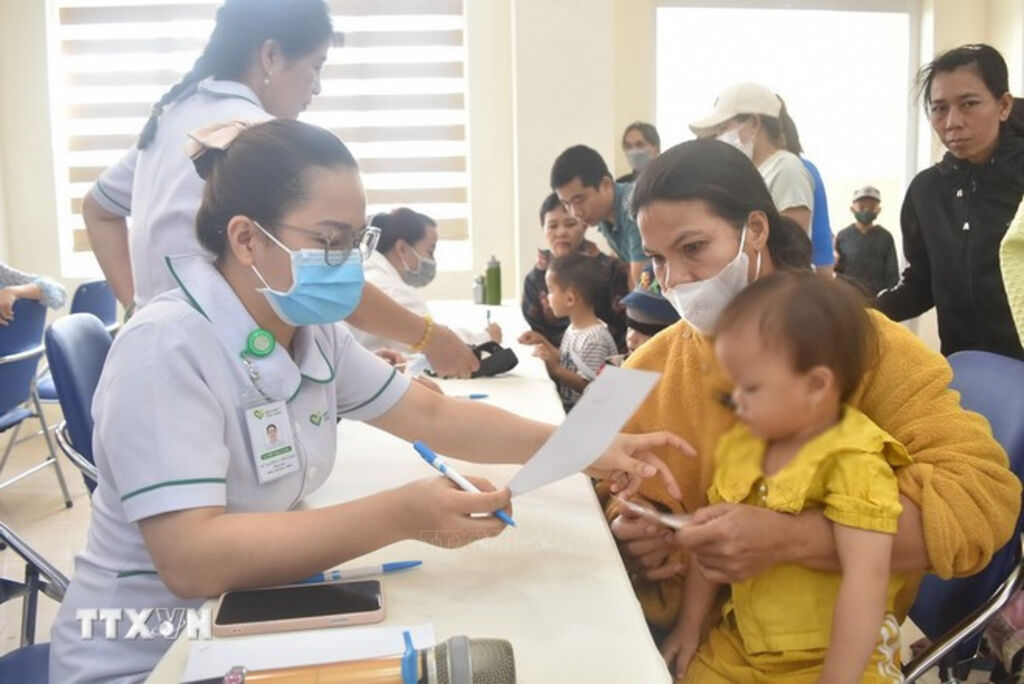 |
| Children get health checkups (Photo: VNA) |
This progress reflects the broader economic transformation of the nation.
In 1974, the combined economy of the northern and southern regions was worth under 22 billion USD.
During 1976–1980, GDP growth was just 1.4% annually, with a contraction in 1980.
By 2024, GDP had surged to 476.3 billion USD, nearly 129 times the 1975 figure, making Vietnam the world’s 24th-largest economy by purchasing power parity.
According to IMF forecasts, GDP will reach 506 billion USD in 2025. Average income rose from just 96 USD in 1989 to 1,120 USD in 2009, marking Vietnam’s rapid transition to middle-income status.
In 2024, per capita GDP reached 4,700 USD, 58.75 times higher than in 1975. The country now ranks fifth in Southeast Asia, 14th in Asia, and 33rd globally in terms of GDP.
The above figures demonstrate the policy of the Party and State - developing the country is for the people to enjoy, in the spirit of the speech of General Secretary To Lam at the conference on deploying tasks for 2025 for the Government and local authorities on January 8, 2025: "The fruits of growth must come to all people in a harmonious, fair, equal, and encouraging way for development."
The policy of "rich people - strong country" was affirmed by President Ho Chi Minh right after the Democratic Republic of Vietnam was founded.
In the "Letter to the People's Committees of regions, provinces, districts and villages" published in the Cuu Quoc (National Salvation) Newspaper on October 17, 1945, he clearly stated: "If the country is independent but the people do not enjoy happiness and freedom, then independence is meaningless."
The documents of the 13th National Party Congress (January and February 2021) added the phrase "people benefit" to the already familiar motto of action "people know, people discuss, people do, people check, people supervise" to become "people know, people discuss, people do, people check, people supervise, people benefit"./.

